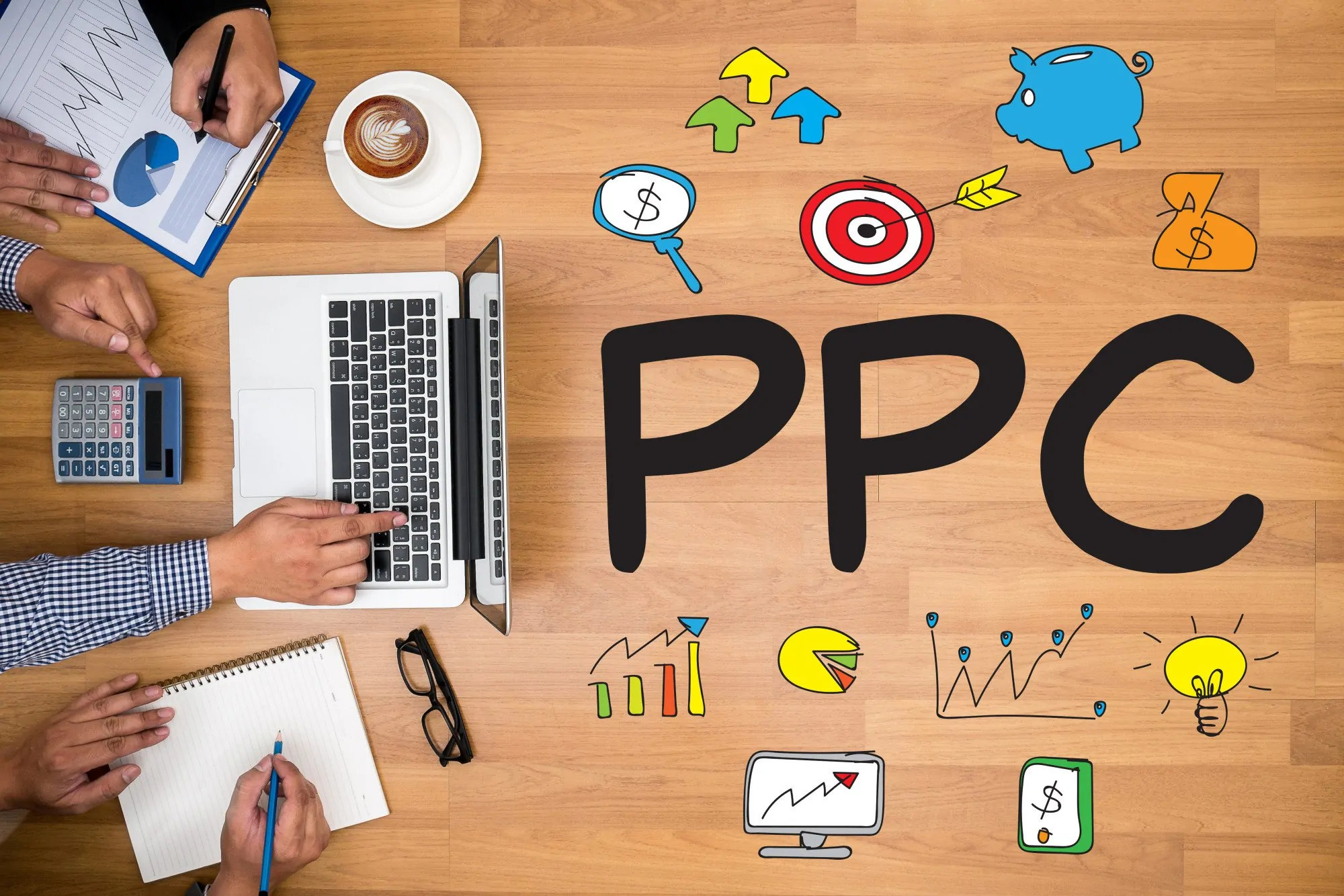Pay-per-click (PPC) advertising can be a powerful way to drive traffic and generate leads for your business. However, the effectiveness of your PPC campaigns largely depends on the quality of your landing pages. An optimized landing page can significantly improve your conversion rates and ensure you get the most out of your advertising budget. In this blog, we’ll explore essential strategies for optimizing landing pages specifically for PPC campaigns.

Table of Contents
Toggle1. Align Landing Pages with Ad Copy
Consistency is Key
The first step in optimizing your landing page is to ensure it aligns closely with your ad copy. When users click on your ad, they expect to find the content they were promised.
- Match Headlines: Use similar headlines in both your ad and landing page to create a seamless experience.
- Reflect the Offer: If your ad promotes a specific product, service, or offer, ensure the landing page provides detailed information about it.
2. Use a Clear and Compelling Call to Action (CTA)
Guide Users Effectively
A strong CTA is crucial for guiding users toward conversion. Ensure your CTA is:
- Prominent: Place it above the fold so users don’t have to scroll to find it.
- Action-Oriented: Use strong action verbs like “Sign Up Now,” “Get Your Free Trial,” or “Buy Today.”
- Specific: Clearly state what the user will get by clicking the CTA.
3. Ensure a Mobile-Responsive Design
Optimize for All Devices
With an increasing number of users accessing websites on mobile devices, your landing page must be mobile-responsive.
- Fast Loading Times: Optimize images and minimize code to ensure quick loading times on mobile devices.
- Easy Navigation: Simplify menus and ensure buttons are large enough to be easily tapped on smaller screens.
4. Keep the Design Simple and Clean
Focus on Clarity
A cluttered landing page can overwhelm users and lead to higher bounce rates. Aim for a clean, minimalist design that focuses on essential elements:
- Use White Space: Ample white space helps draw attention to key areas, such as your CTA and offer details.
- Limit Distractions: Remove unnecessary links or elements that could divert users from completing their intended action.
5. Highlight Social Proof
Build Trust and Credibility
Incorporating social proof can help persuade users to convert. Consider the following:
- Testimonials: Showcase customer testimonials or reviews to demonstrate satisfaction with your product or service.
- Case Studies: Provide real-life examples of how your offering has helped others.
- Trust Badges: Include logos of certifications, awards, or security seals to enhance credibility.
6. Use High-Quality Visuals
Engage Users Visually
The visuals you choose for your landing page can significantly impact engagement. Opt for:
- Relevant Images: Use images that reflect the content and purpose of your landing page.
- Videos: Consider adding a short video that explains your offer or showcases your product in action. Videos can increase engagement and help convey your message more effectively.
7. Optimize for SEO
Enhance Visibility
While PPC campaigns primarily drive traffic through paid ads, optimizing your landing page for SEO can provide long-term benefits. Focus on:
- Keyword Usage: Incorporate relevant keywords naturally within the content, headings, and meta descriptions.
- Internal Linking: Link to relevant pages within your website to improve navigation and SEO.
8. A/B Testing for Continuous Improvement
Experiment and Analyze
Continuous optimization is key to improving landing page performance. Use A/B testing to experiment with different elements:
- Headlines: Test variations of your headlines to see which one performs better.
- CTA Placement: Experiment with different placements for your CTA to find the most effective position.
- Design Elements: Try different color schemes, images, and layouts to determine what resonates best with your audience.
9. Monitor Analytics and Metrics
Data-Driven Decisions
Use analytics tools to track the performance of your landing page and PPC campaigns. Monitor metrics such as:
- Conversion Rate: The percentage of users who complete the desired action.
- Bounce Rate: The percentage of visitors who leave your landing page without taking action.
- Time on Page: Indicates how long users are engaging with your content.
Conclusion
Optimizing landing pages for PPC is essential for maximizing the return on your advertising investment. By aligning your landing pages with ad copy, using compelling CTAs, ensuring mobile responsiveness, and incorporating social proof, you can significantly improve your conversion rates. Remember to continually test and monitor your landing pages to adapt to user behavior and preferences. With the right strategies in place, you can turn clicks into conversions and drive meaningful results for your business.


No responses yet